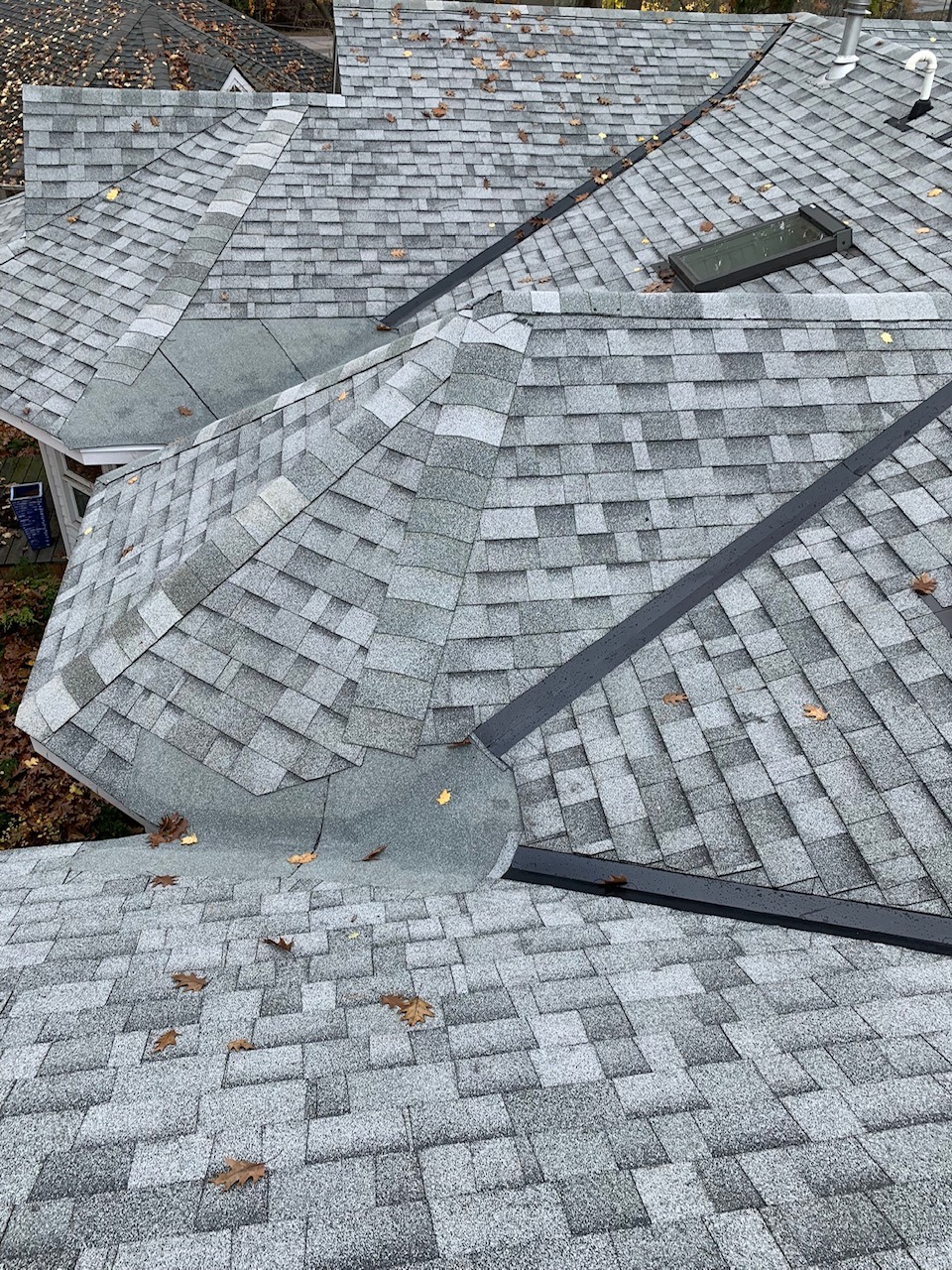Hiring the Ideal Roofing Contractor for Reliable Roof Repairs
Discover the Different Kinds of Roof Covering Materials and Their Distinct Benefits
Picking the ideal roof material is vital for both the defense and visual charm of a home. Each material brings distinctive benefits, such as the toughness of steel or the green qualities of wood drinks.
The Classic Elegance and Sturdiness of Slate Roof Covering
Slate roofing, prized for its style and longevity, supplies a notable visual and functional resilience that couple of products can match. Originating from all-natural slate rock, it is commemorated not just for its classic aesthetic charm but likewise for its capability to stand up to decades of exposure to severe climate conditions. A slate roof commonly has a life expectancy surpassing 100 years, substantially surpassing other roof materials like asphalt tiles or steel roof covering.
Unlike various other products that may warp or degeneration, slate remains steady, ensuring that its beauty sustains with marginal upkeep. For property owners looking for a mix of timeless design and robust performance, slate roof covering stands out as an optimum selection.
The Eco-Friendly and Aesthetic Allure of Timber Shakes
While slate roof is understood for its resilience and classic look, wood trembles supply a totally various collection of aesthetic and ecological advantages - roofing contractor. Stemmed from natural wood, typically cedar, wood drinks are valued for their rustic, textured look that complements a range of architectural styles. Unlike other roofing products that can appear overly manufactured, wood shakes carry an inherent heat and charm that improves the all-natural elegance of a building
Their production additionally requires less energy compared to other roofing materials, adding to a reduced carbon impact. Taken together, wood shakes existing a compelling option for house owners looking for an environmentally friendly roofing remedy with distinctive aesthetic appeal.

The Cost-Effectiveness and Adaptability of Asphalt Roofing Shingles
Although much less traditional than timber drinks, asphalt shingles are highly valued for their cost-effectiveness and adaptability, making them a prominent choice amongst house owners. This roofing product uses an equilibrium in between cost and longevity, typically enduring in between 15 to 30 years depending on environmental conditions and maintenance. Asphalt tiles feature a structure of fiberglass or natural materials filled with asphalt and coated with mineral granules, supplying a trusted barrier versus water and UV rays.
The Modern and Long-Lasting Benefits of Metal Roof Covering
Transitioning from the conventional appeal of asphalt tiles, metal roof covering uses a modern-day option that boasts durability and very little upkeep. Unlike its predecessors, metal roof covering sticks out for its extraordinary resilience, often long-term 40 to 70 years depending on the product type such as steel, copper, or light weight aluminum. This strength is substantially above other roof covering products, which commonly require substitute more often.
Steel roofs are likewise extremely immune to severe weather, consisting of hefty snow, hail, and wildfires. Their interlacing panels add to improved wind resistance, making them an ideal selection for areas susceptible to extreme weather events. Furthermore, metal roof is energy-efficient; its reflective homes can lower cooling down costs by showing solar convected heat as opposed to absorbing it.
Another remarkable advantage is its ecological sustainability. Steel roof coverings are 100% recyclable at the end of their life cycle, decreasing garbage dump waste. This facet, incorporated with their long lifespan, makes metal roofing an increasingly prominent choice for eco-conscious house owners.
The Innovative Features of Synthetic Roof Materials

Shifting focus from metal to artificial roofing products, a variety of innovative features arises that deals with both aesthetic flexibility and functional performance. Artificial roof materials, mainly made up of rubber and plastic polymers, are engineered to imitate the look of all-natural roofing products such as slate, wood trembles, and clay tiles. This convenience allows home owners to attain desired appearances without the associated expense and maintenance worries of all-natural materials.
Furthermore, artificial roofings are celebrated for their resilience. Resistant to weathering, fire, and mold and mildew, these products supply a resilient roof solution that stands up to varied environmental obstacles. The lightweight best site nature of synthetic roofing also implies less complicated and cheaper setup, lowering the overall tension on a building's structure.
Furthermore, synthetic roof products are eco friendly. Many are made pop over to these guys from recycled products and are themselves totally recyclable, contributing to a reduced eco-friendly impact. This combination of sturdiness, aesthetic charm, and environmental awareness makes synthetic roof a significantly popular option amongst home owners.
Final Thought
To conclude, choosing the right roofing material necessitates stabilizing visual preferences, budget plan restraints, and environmental considerations. From the enduring style of slate and the all-natural attraction of wood shakes to the cost efficiency of asphalt tiles, the resilience of metal, and the innovative design of synthetic choices, home owners have a huge selection of options. Each material provides distinctive benefits, making sure there is an appropriate option for each building style and individual taste.

Unlike various other roof materials that can show up overly produced, wood drinks carry an innate warmth and beauty that enhances the natural charm of a structure.
Shifting emphasis look these up from metal to synthetic roof materials, a range of cutting-edge functions emerges that provides to both aesthetic convenience and functional performance. Artificial roof materials, mostly made up of rubber and plastic polymers, are engineered to mimic the look of all-natural roof products such as slate, wood drinks, and clay ceramic tiles.